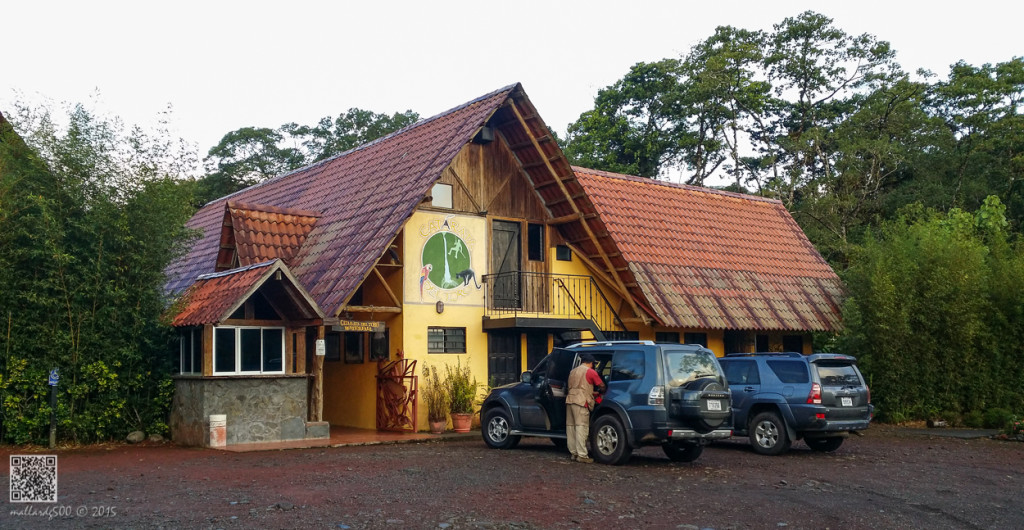Birds of Costa Rica – Part 2
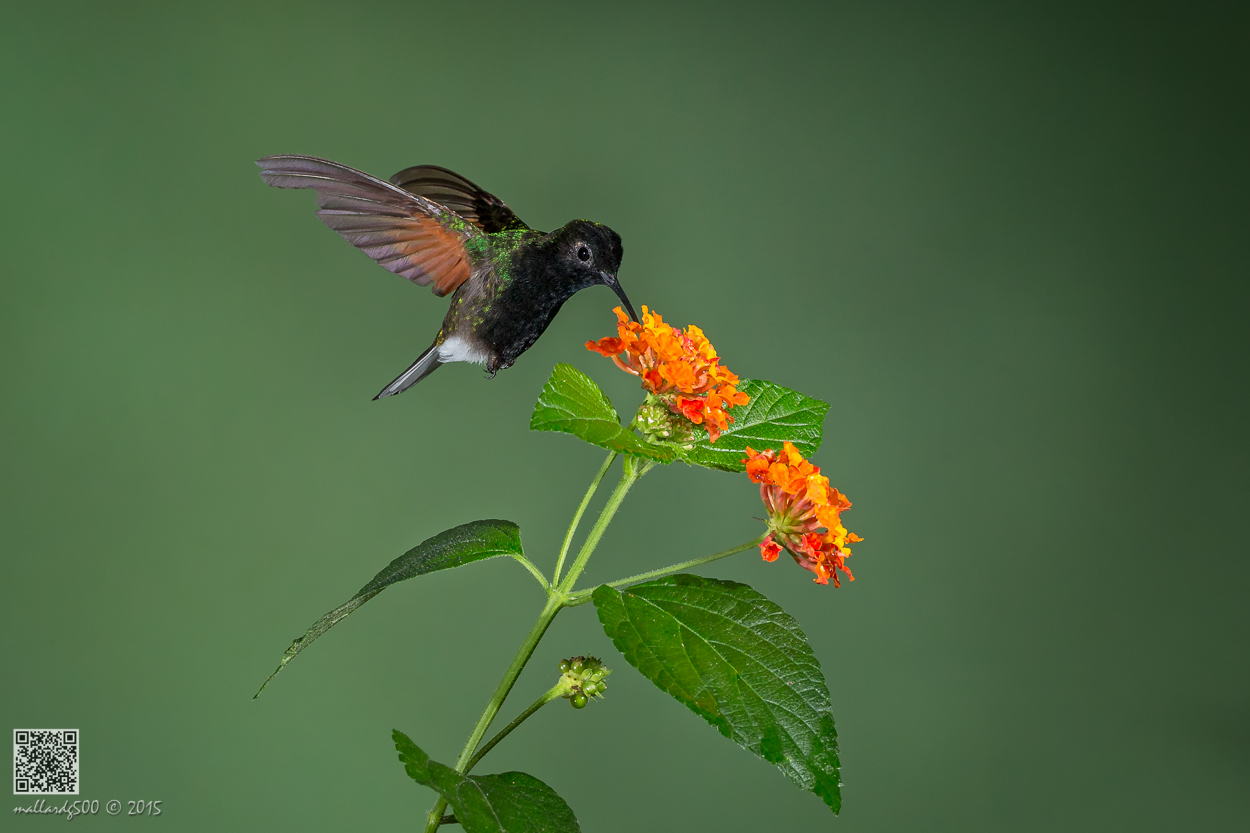

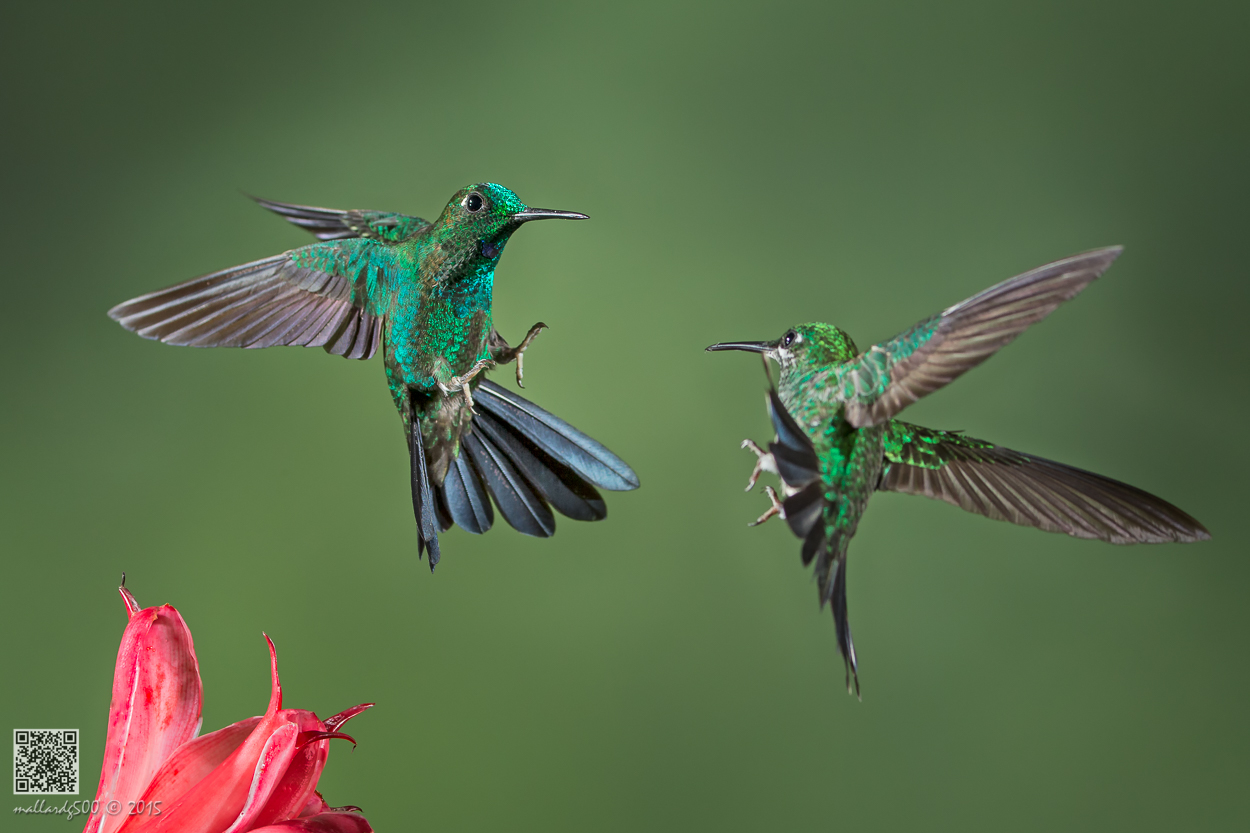
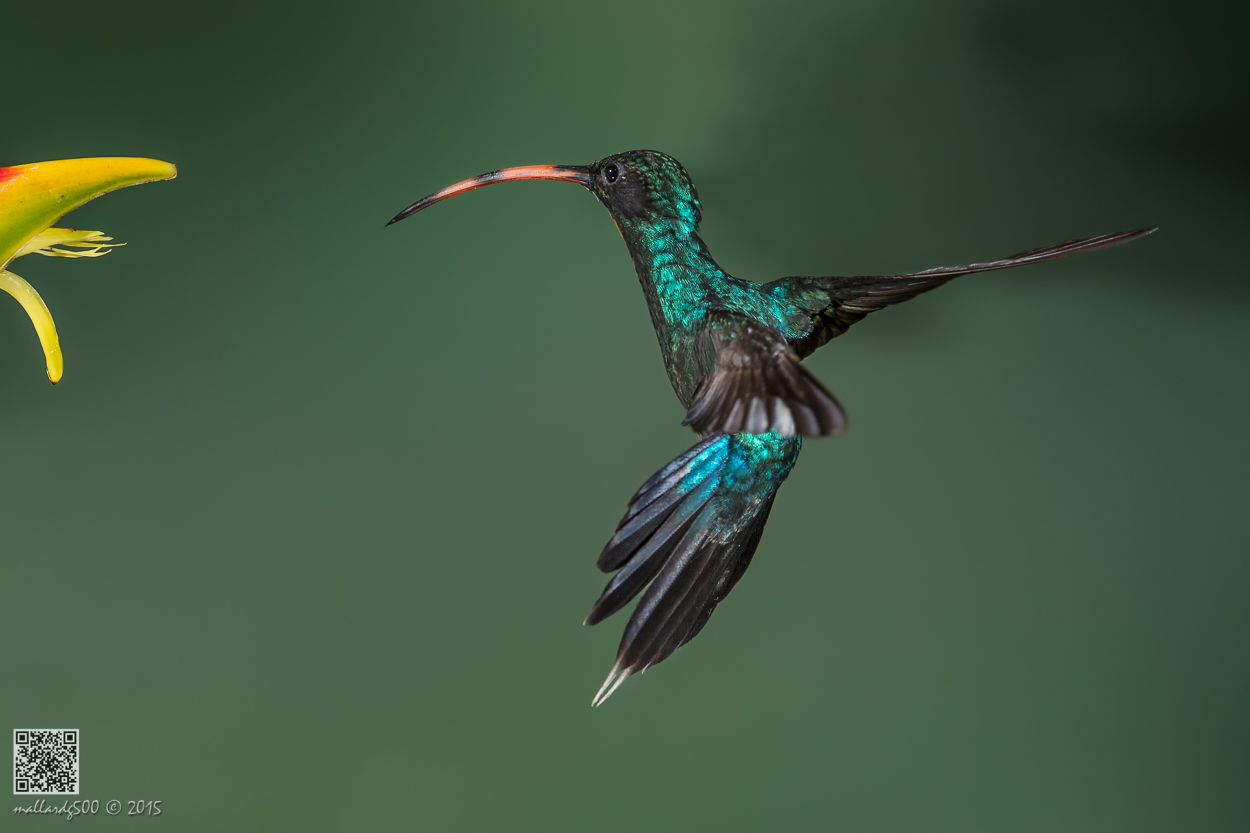

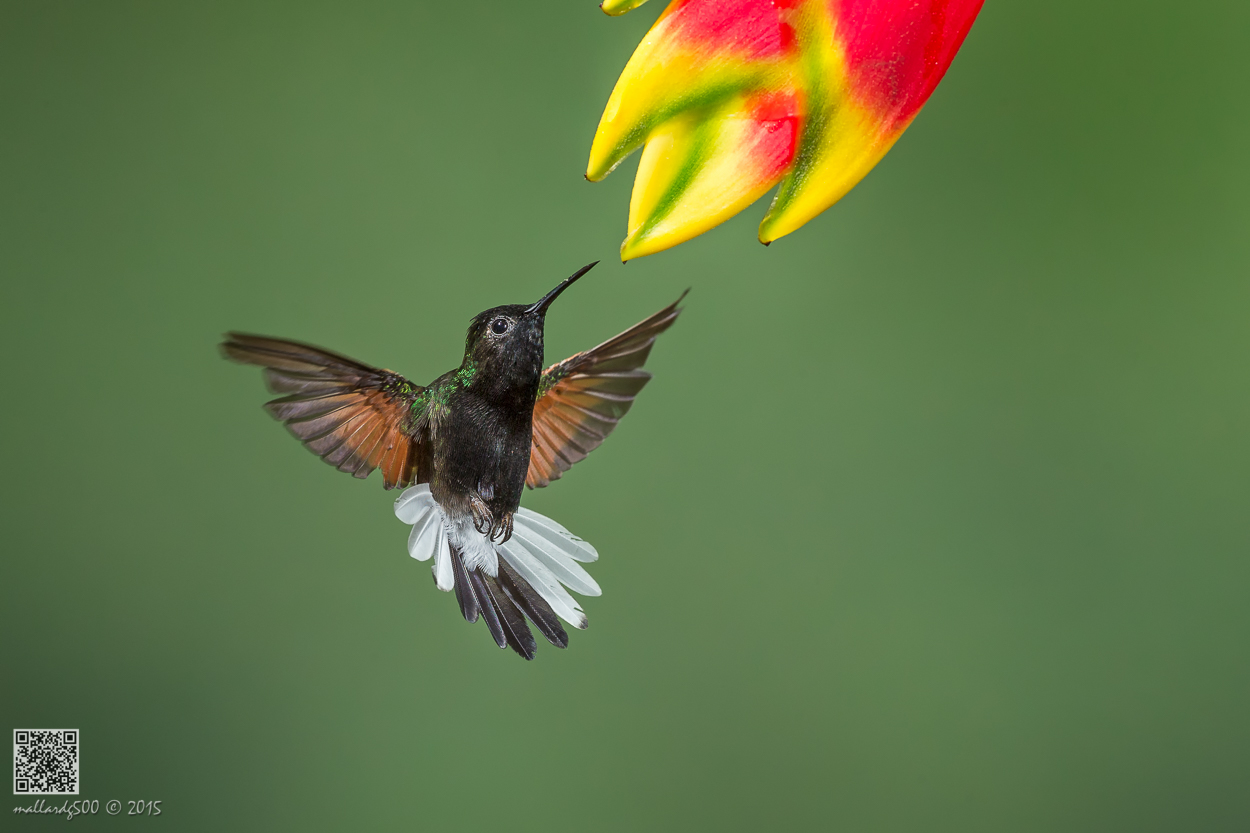
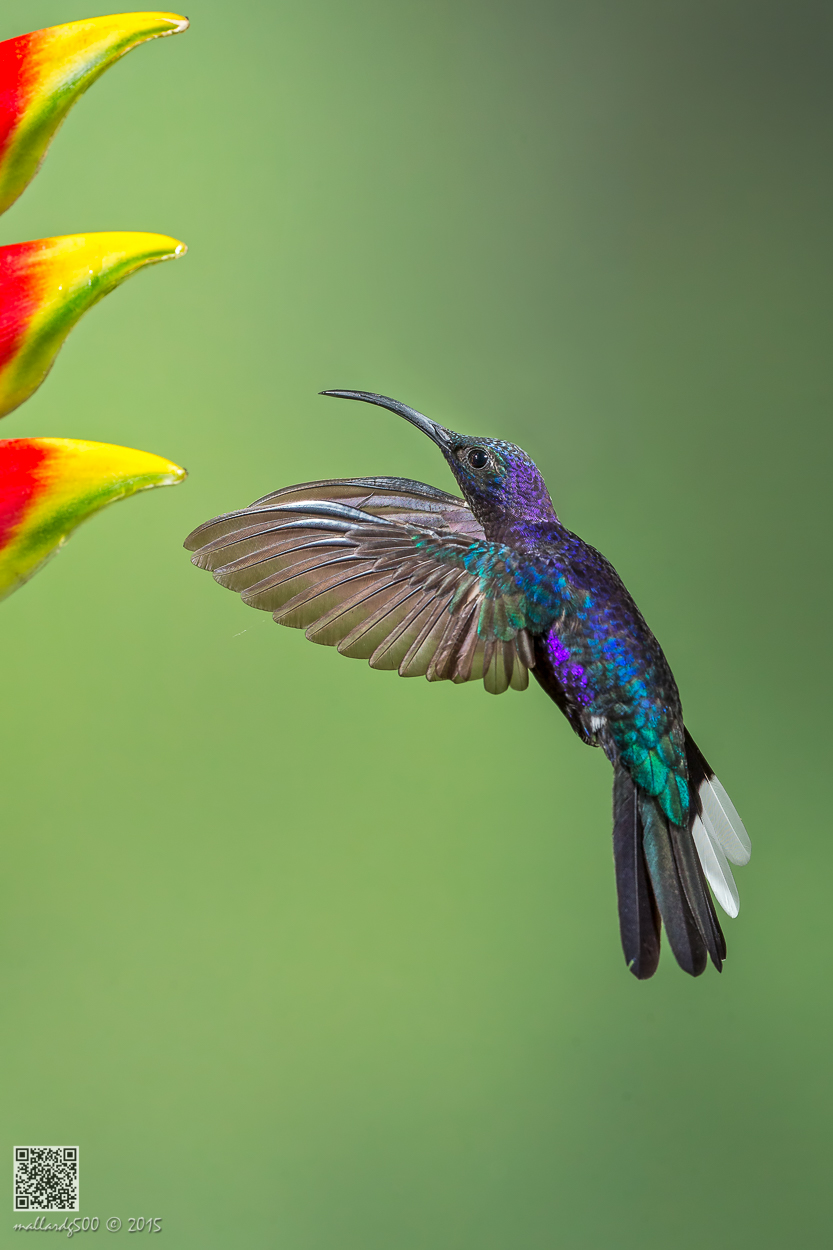
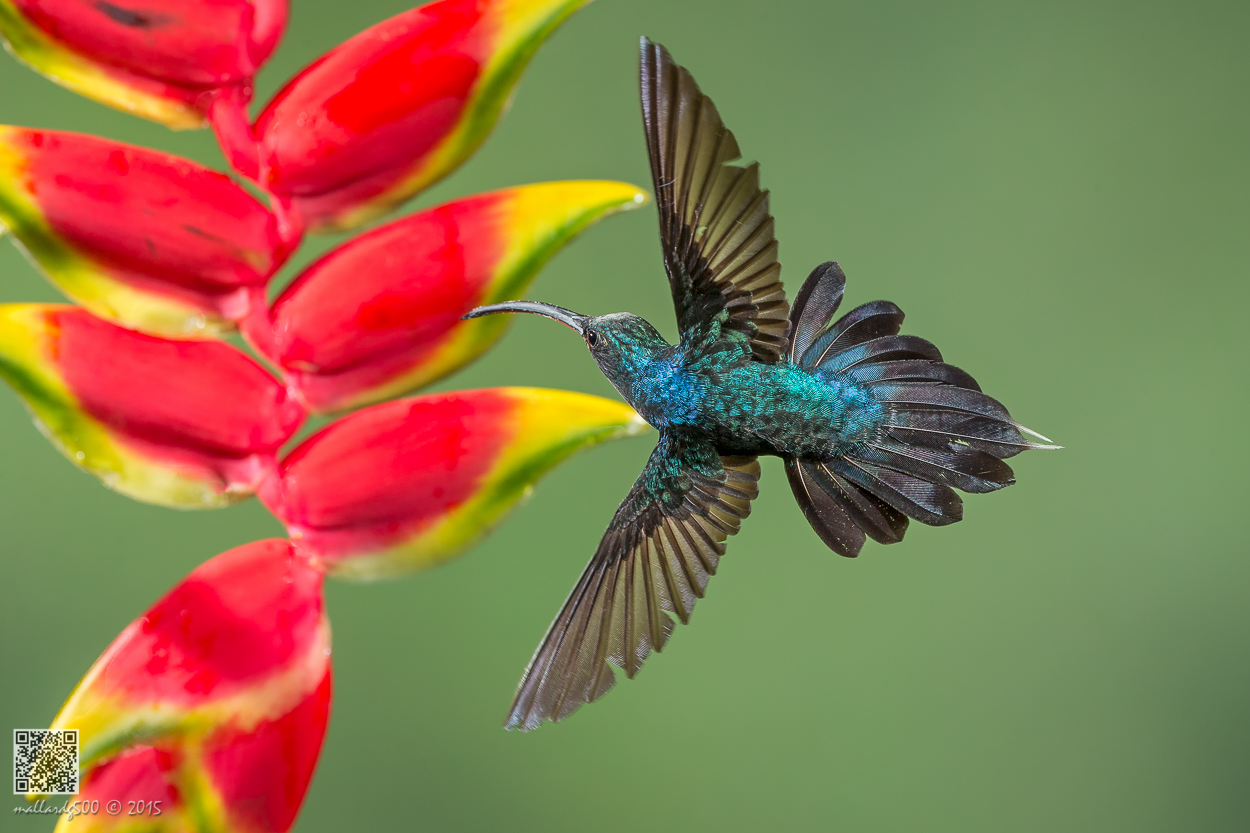

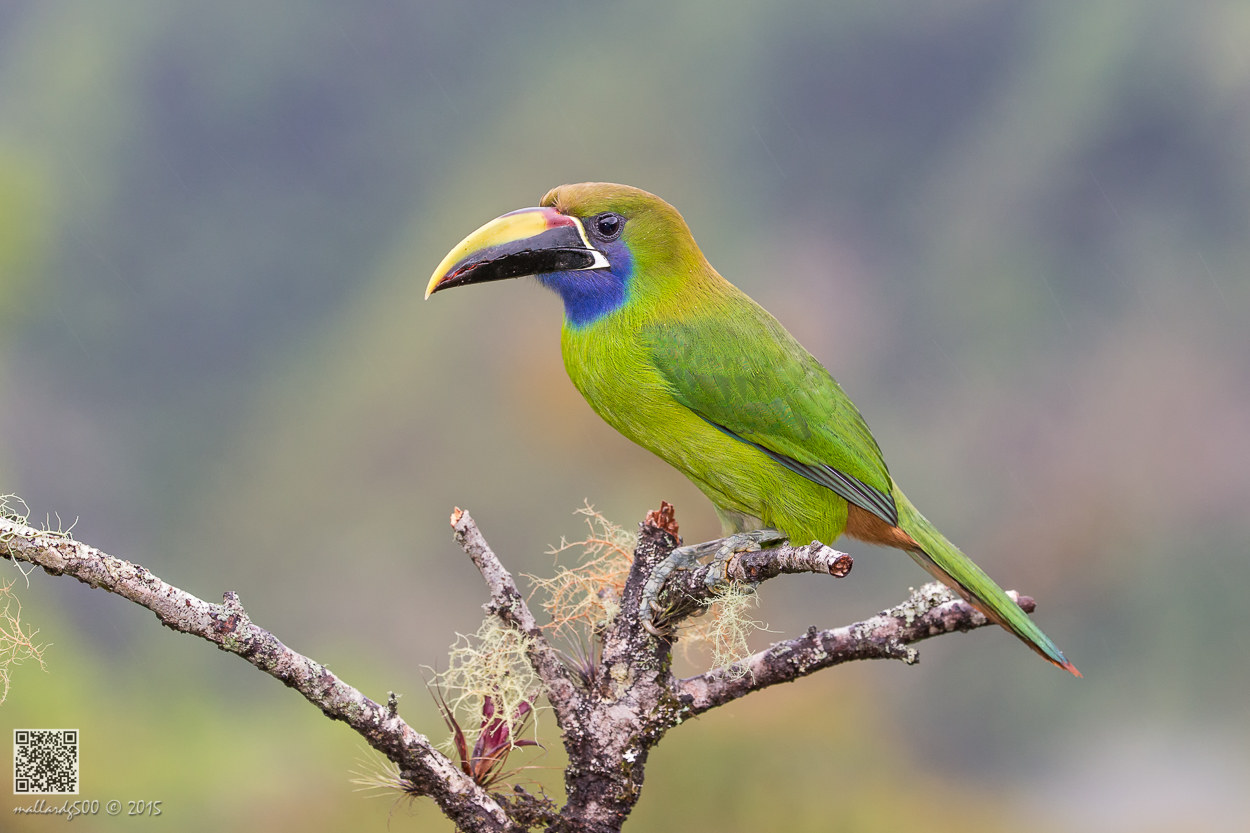



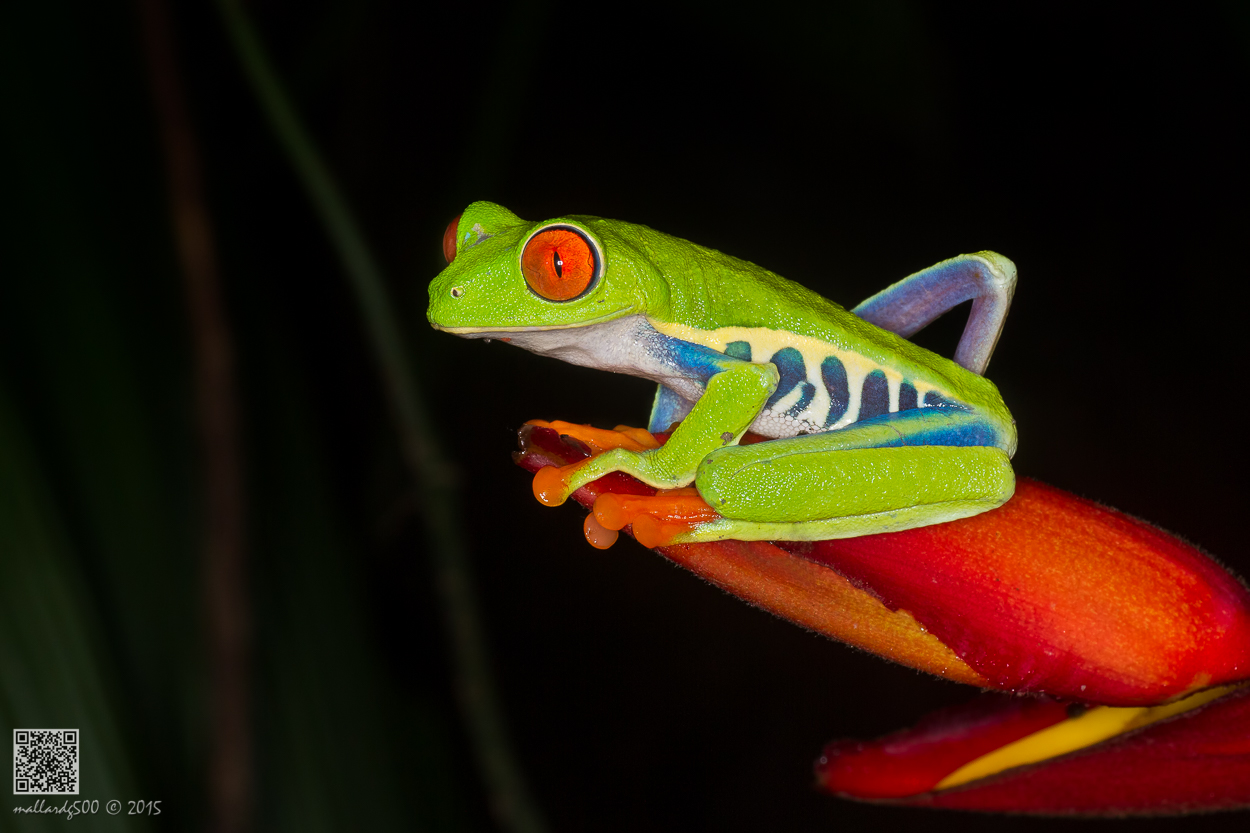
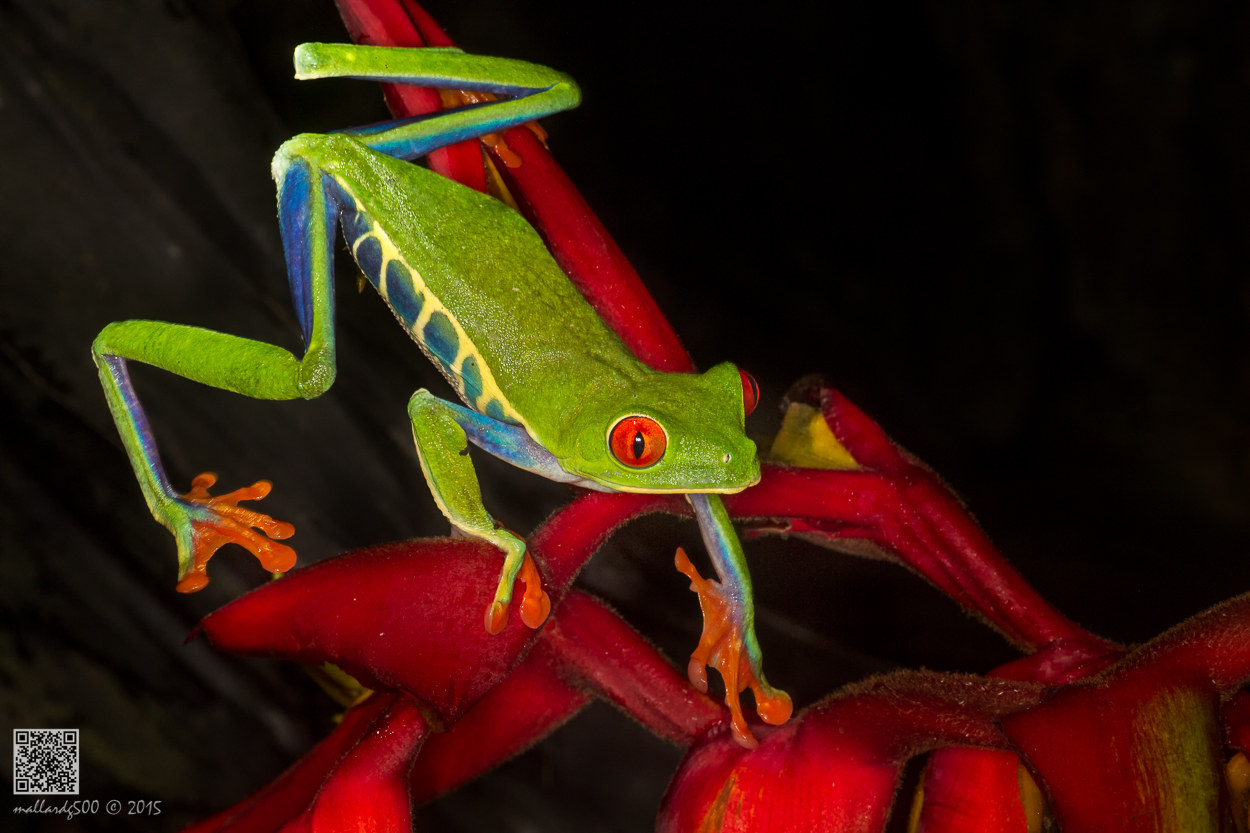
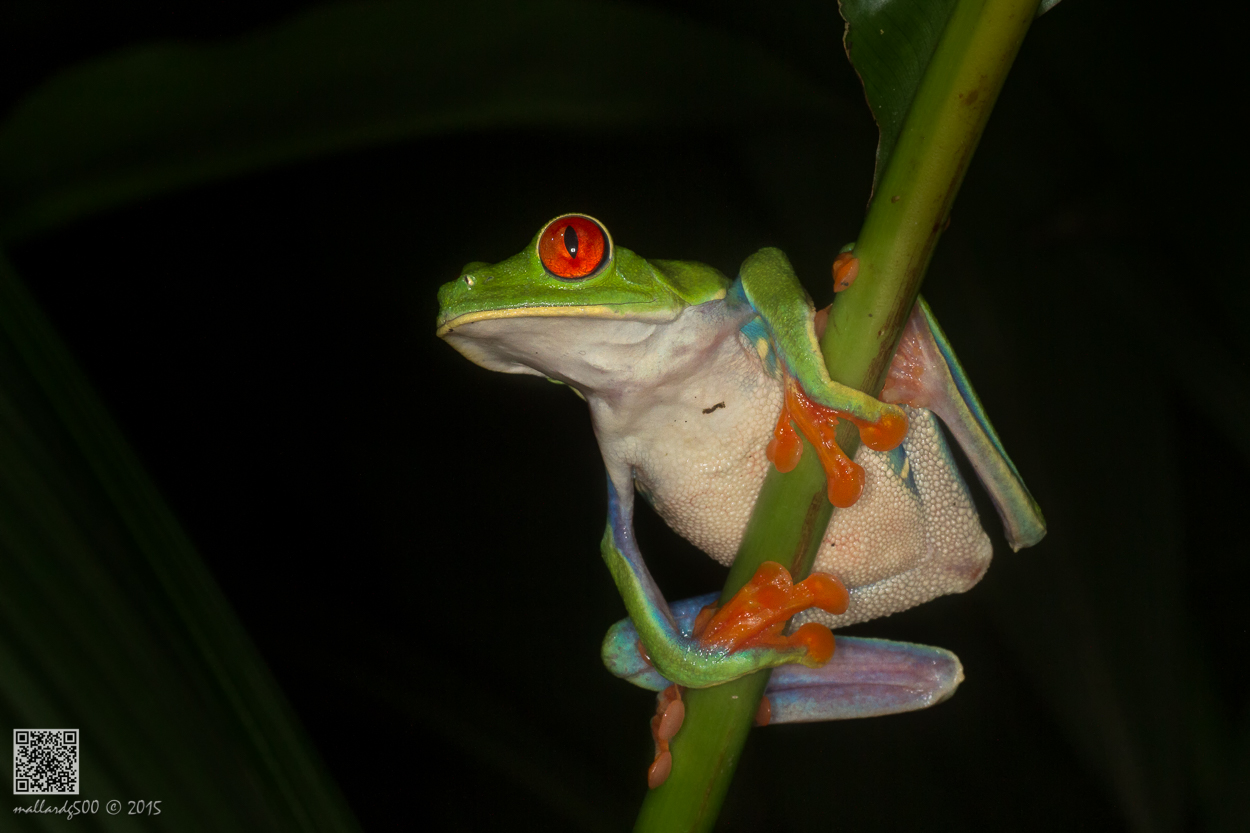
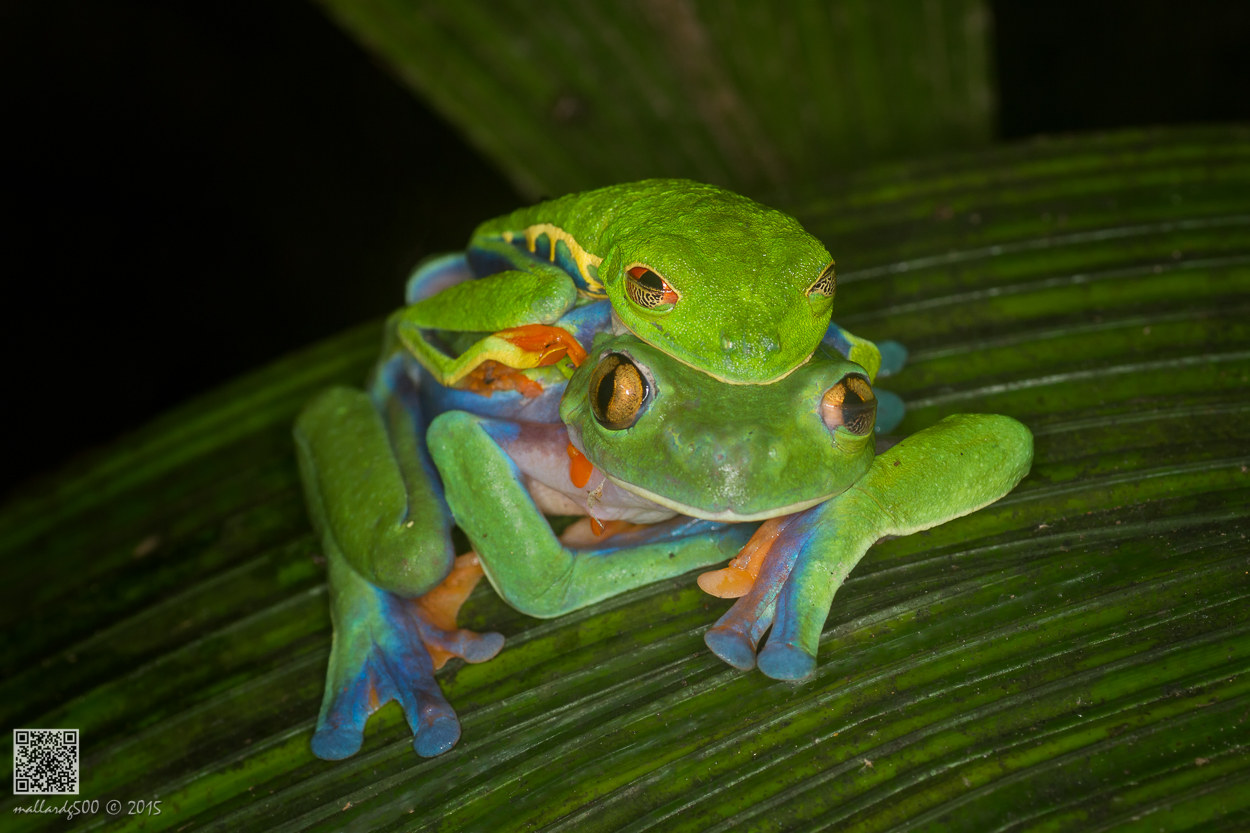
We did not spend much time shooting the hummingbirds at Cinchona since we were occupied with the tanagers most of the time, as we knew we would have more opportunities at our next destination. I was hoping to see more toucans, but only a few flew by from afar although a toucanet seemed to try to make it up. Not only did it perch so close to us, but also did a few poses before taking off.
 From Cinchona we made a stop at La Paz Waterfall Gardens to photograph amphibians at night. La Paz Waterfall Gardens is a very popular privately owned ecological attraction in Costa Rica.
From Cinchona we made a stop at La Paz Waterfall Gardens to photograph amphibians at night. La Paz Waterfall Gardens is a very popular privately owned ecological attraction in Costa Rica.
 We did not have a chance to tour the beautiful place during daytime since we spent most of our day at Cinchona.
We did not have a chance to tour the beautiful place during daytime since we spent most of our day at Cinchona.
 However, we were happy to be able to photograph some beautiful frogs that we had never seen before, even though some of them are poisonous, such as the Green and Black Poison Dart and the Strawberry Poison Dart frogs.
However, we were happy to be able to photograph some beautiful frogs that we had never seen before, even though some of them are poisonous, such as the Green and Black Poison Dart and the Strawberry Poison Dart frogs.
 Not only are these poisonous frogs very small in size, but also the very small amount of poison these frogs possess is enough to make a human heart stop beating.
Not only are these poisonous frogs very small in size, but also the very small amount of poison these frogs possess is enough to make a human heart stop beating.
 The Red-eyed Tree frogs, when disturbed, will flash their bulging red eyes and reveal their huge webbed orange feet. Despite their conspicuous coloration, they are not poisonous. We even had the opportunity to capture a pair bonding together.
The Red-eyed Tree frogs, when disturbed, will flash their bulging red eyes and reveal their huge webbed orange feet. Despite their conspicuous coloration, they are not poisonous. We even had the opportunity to capture a pair bonding together.
 These iconic rain-forest amphibians sleep by day stuck to leaf-bottoms with their eyes closed.
These iconic rain-forest amphibians sleep by day stuck to leaf-bottoms with their eyes closed.
 We did not spend too much time shooting the frogs since it was late and we had to head to our next destination where we will put up for the night.
We did not spend too much time shooting the frogs since it was late and we had to head to our next destination where we will put up for the night.
 We reached our next destination, Catarata del Toro, past 2:00AM after having lost the direction a few times.
We reached our next destination, Catarata del Toro, past 2:00AM after having lost the direction a few times.
Samsung Galaxy Note 3
We only had a few hours of sleep, but who needs sleep when you can photograph so many species of hummingbirds all in one place?
Just take a look at this short video of one of the feeders.
Catarata del Toro is yet another private reserve located in the heart of Costa Rica. Its main attraction is the waterfall – hence the name Catarata del Toro – which is 300 feet down.
 One has to go through a series of hundreds of steep steps of hiking to get down to its base, which offers a breathtaking view at the bottom of the old volcanic crater. However, our interest remained at the top of the waterfall, where hundreds of hummingbirds crowded and feasted on the sweet juice at the feeders.
One has to go through a series of hundreds of steep steps of hiking to get down to its base, which offers a breathtaking view at the bottom of the old volcanic crater. However, our interest remained at the top of the waterfall, where hundreds of hummingbirds crowded and feasted on the sweet juice at the feeders.
 We started out with the common Green-crowned Brilliant hummingbird right after we had our breakfast.
We started out with the common Green-crowned Brilliant hummingbird right after we had our breakfast.
 Even though we had control over the type of perches and backgrounds to choose from, getting the hummingbirds to perform their in-flight pose was not an easy task, especially when there’s always one of them more dominant and territorial.
Even though we had control over the type of perches and backgrounds to choose from, getting the hummingbirds to perform their in-flight pose was not an easy task, especially when there’s always one of them more dominant and territorial.
 This one tough character guarded the perch as though no one else had the right to even get close to it or pay for getting bullied chased away.
This one tough character guarded the perch as though no one else had the right to even get close to it or pay for getting bullied chased away.
 At time we had to go along with it until it got tired and look for food elsewhere. It worked out as it was a break for us once a while as well.
At time we had to go along with it until it got tired and look for food elsewhere. It worked out as it was a break for us once a while as well.
 Lunch and dinner were served at the shooting location as well, so we really optimized our shooting opportunities. All in all, we managed to capture six species of hummingbirds mostly in flight actions at this location.
Lunch and dinner were served at the shooting location as well, so we really optimized our shooting opportunities. All in all, we managed to capture six species of hummingbirds mostly in flight actions at this location.
 They were the Green-crowned Brilliant, Green Hermit, Black-bellied, White-necked Jacobin, Long-billed Hermit, and Violet Sabrewing.
They were the Green-crowned Brilliant, Green Hermit, Black-bellied, White-necked Jacobin, Long-billed Hermit, and Violet Sabrewing.
 Six may sound little but coming from the Bay Area that only has 2 dominant species namely the Anna’s and Allen’s hummingbirds, this is considered quite a number.
Six may sound little but coming from the Bay Area that only has 2 dominant species namely the Anna’s and Allen’s hummingbirds, this is considered quite a number.
 We spent another night here before we headed to our next destination the next morning.
We spent another night here before we headed to our next destination the next morning.
Up next Nature Pavilion.. Stay tuned..


